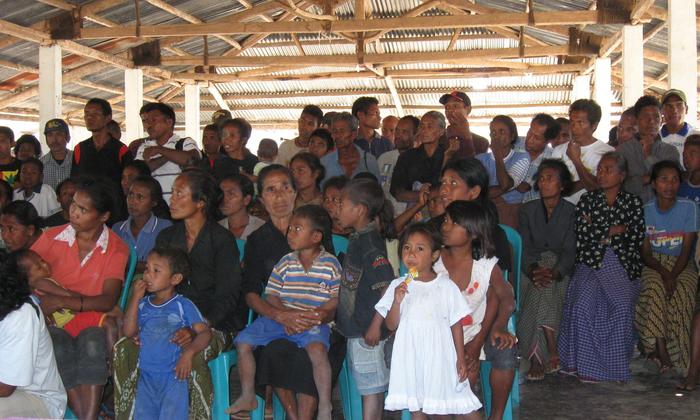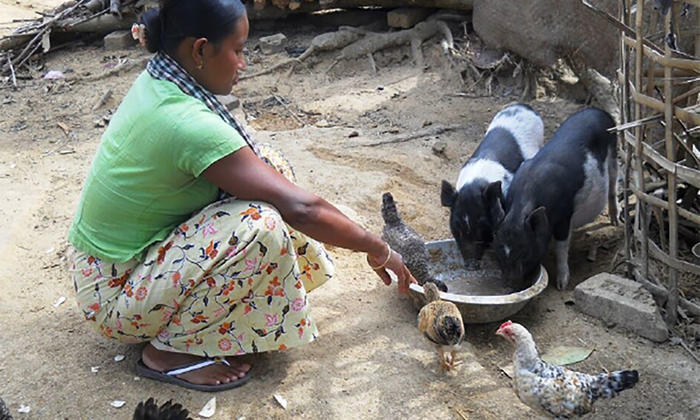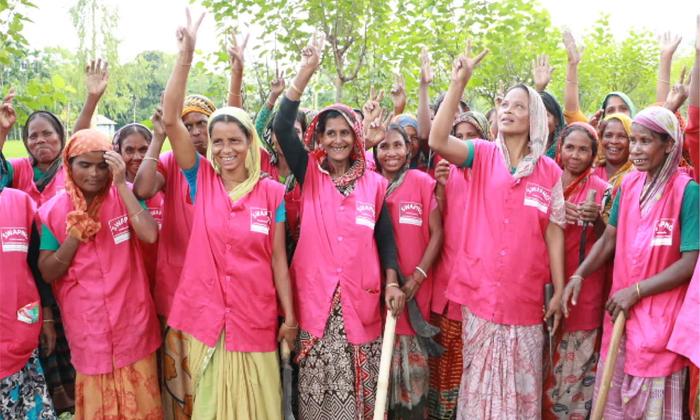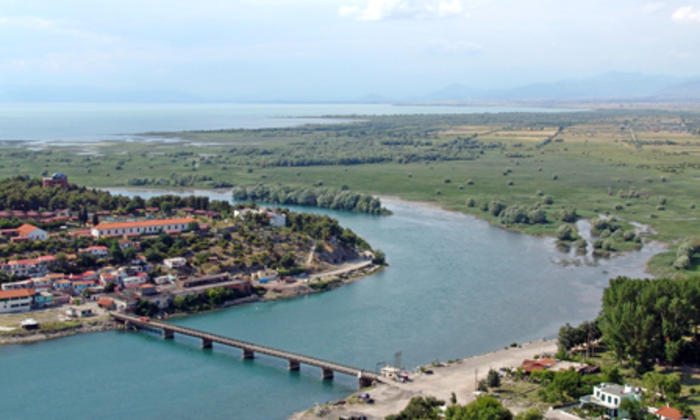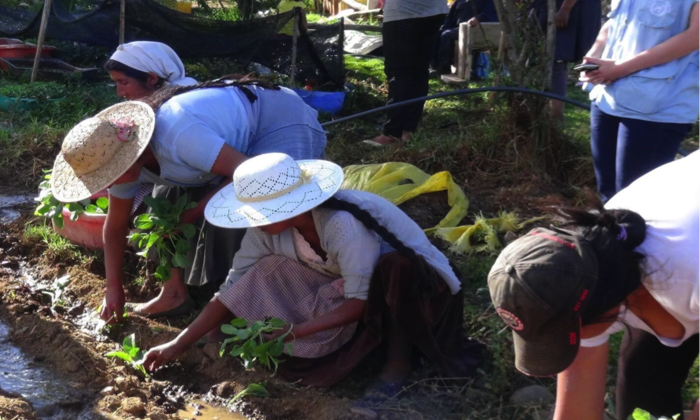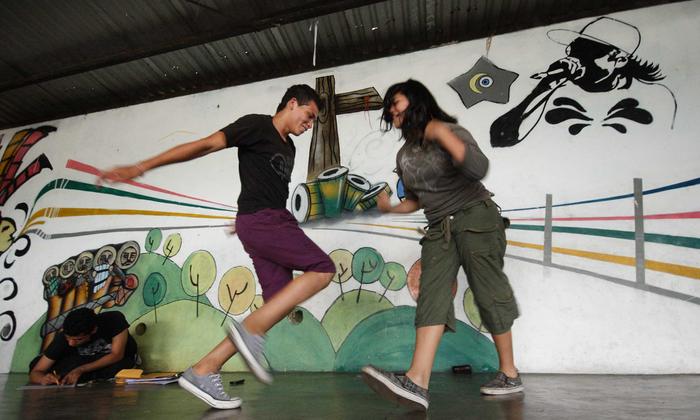Case study
Cuba: Strenghtening the Resilience of Families and Vulnerable Groups affected by Drough in Santiago de Cuba
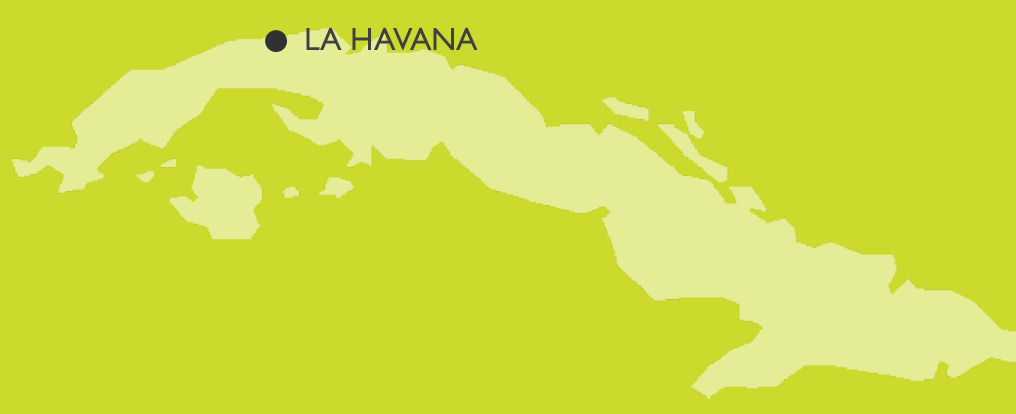
SDGs ADDRESSED
This case study is based on lessons from the joint programme, Scaling up nutrition through a multi-sector approach
Read more
Chapters
Project Partners
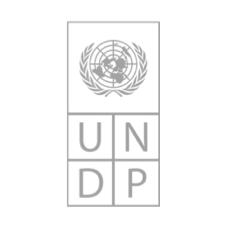
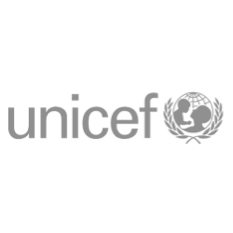
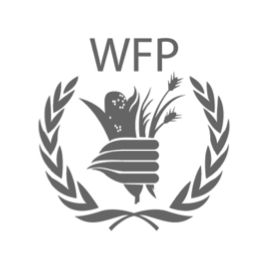
1. SUMMARY
The objective of the joint programme was to improve the resilience of the city of Santiago de Cuba so it can better respond to extreme droughts and implement adaptation measures in the face of climate change. The joint programme increased access to safe water access at the household level and supported agricultural production, improving food security of the most vulnerable population.
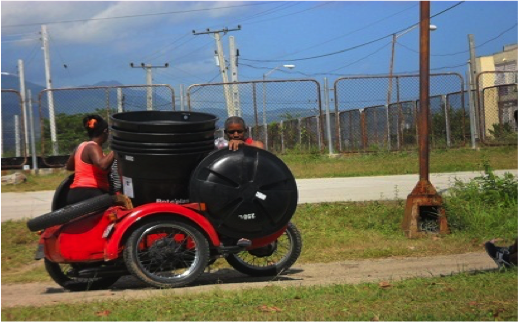
Delivery of water tanks to programme beneficiaries in the Abel Santamaría community (Santiago de Cuba)
2. THE SITUATION
The city of Santiago de Cuba is the second-largest in Cuba. Due to its geographical location, Santiago de Cuba is threatened by extreme hydro-meteorological events (such as droughts and tropical cyclones), whose occurrence and severity have intensified in recent years. The city also faces the threat of earthquakes, which can affect food and nutrition security. Santiago de Cuba has been experiencing severe droughts that have worsened steadily since early 2015. More than 90 % of its population lives in high buildings with multi-family water reservoirs in poor condition. The capacity of water reservoirs is not big enough to store the water that is needed. In addition, poor conditions of hydro-sanitary networks often lead to water leaks. Of the 2,100 liters of water needed by the capital city, only about 1,300 liters (61.9%) is being delivered, and a portion is lost because of leaks. As a result, 460,000 people are affected, and 5 municipalities have been under extreme drought since 2015. In the city of Santiago de Cuba, there was also an increase in morbidity from acute diarrheal diseases and those transmitted by vectors due to environmental problems, sanitation and disposal of solid and liquid waste. This was linked to water shortages resulting from increases in delivery cycles (in some cases exceeding 16 days), lack of suitable containers for storage, and absence of a culture to conserve water. The province of Santiago de Cuba is also one of the most vulnerable in terms of food and nutrition security and suffers from increased droughts.
3. STRATEGY
The programme was designed using an integrated approach to strengthen the entire water supply chain and better prepare it for drought situation. This included improvement of water access and sanitation services for the poor and marginalized, sanitation and hygiene education, and promotion of integrated water governance and climate change adaptation. The situation demanded rigorous monitoring of the scarce water as well as distribution systems to the city, for better and more efficient use of water. Three UN agencies had been working together with local partners to introduce the system of hydro-meteorological early warning, capacity building, access to safe water and continuity of food production in drought conditions. Water management models and drought-resilient agricultural practices were promoted through a pilot project to strengthen links between vegetable producers and social protection networks serving the elderly. The strategy included an intergenerational approach to guarantee the stable supply of food for those in social safety nets, which include 5,961 children, 235 senior citizens and 165 pregnant women.
4. RESULTS AND IMPACT
The joint program focused on strengthening capacities for water management in drought situations. Main activities included establishment of an early warning system, with emphasis on hydro-meteorological surveillance; water management instruments to assess the risk as well as adaptation measures for safe use of water; and efficient use of water to sustain agricultural production and improve vulnerable groups’ food and nutrition security.
The programme improved capacities for safe supply and storage of water as well as capacities for monitoring and measurement. Ninety-five percent of Santiago de Cuba’s population benefited from improved monitoring and management of supply sources, control of distribution and quality, and elimination of water leaks, which allowed for better decisions about operations of the aqueduct. In the town of El Caney, 23,192 residents directly benefited from improvements at the water quality laboratory and the installation of a purification plant. In addition, 14,000 inhabitants (7,350 of whom are women) living in high buildings of the urban center Abel Santamaría improved access to safe water (through the delivery of tanks).
Vulnerable groups (single women with children) were prioritized for this benefit and gender equity was taken into account. In the Centro Urbano Abel Santamaria, 9,174 families received hygiene kits and were trained on how to consume safe water and help reduce the transmission of infectious diseases. Additionally, 30,525 people (15,873 women and 14,652 men) benefited from new water reservoirs with capacity 250 liters per each reservoir. The programme reached 70 % of families and 100 % of schools and health institutions. At the same time, the local industry’s capacity to produce and repair tanks was improved, and pilot actions were carried out in the community to collect rainwater. Hygiene practices were promoted through awareness strategy "Safe Water" about the proper management of water. Overall, 18,712 people (85.8 % women) participated in educational activities in Abel Santamaría and 1,050 health promoters were trained (48.7 % women). As a result, Centro Urbano Abel Santamaria saw a significant reduction in water and vector-borne diseases by 40% in 2017 with respect to 2016.
Under the agricultural support component, five cooperatives (101 producers, including 74 women and 27 men) benefited from equipment, agricultural inputs and training to improve production in drought conditions and encourage efficient use of water. This helps guarantee food supplies for those in social safety nets, which serve 5,961 children, 165 pregnant women and 235 senior citizens. Farmers benefited from drought-resilient seed varieties, production systems that reduce evaporation, and low-consumption irrigation systems. At the same time, links between social protection programmes and cooperatives were reinforced for a more diverse supply of fresh vegetables based on beneficiaries’ preferences. The local government’s capacity to monitor such links was strengthened.

5. CHALLENGES
The devastation caused by hurricanes Matthew in October 2016 in Guantánamo and Irma in September 2017 (which affected 13 of the 15 provinces), caused delays in programme implementation as the UN agencies focused on immediate relief and reconstruction work.
The transfer of technologies, which were key for achieving adequate monitoring of sources of supply, was more complex than expected. The trade embargo with Cuba complicated the procurement process, particularly the technologies for hydro and meteorological monitoring, computer equipment and equipment for agricultural production.
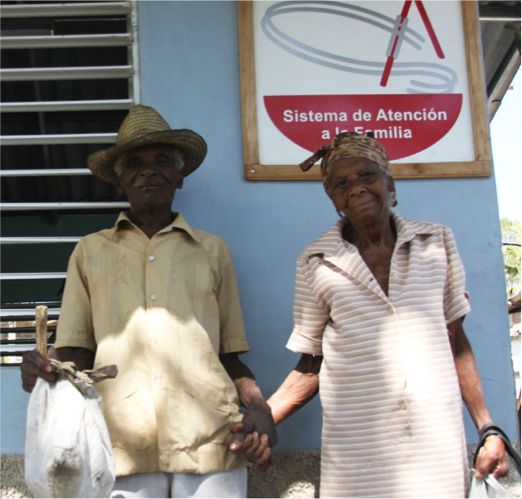
Urban Center Abel Santamaria saw a significant reduction in water and vector-borne diseases by 40% in 2017 with respect to 2016
6. LESSONS LEARNED
- Public awareness campaigns on safe water use and promotion of healthy hygiene habits are important for preventing water-borne diseases, which affect populations with limited access to safe water. Community awareness activities and training on efficient and safe use of water should be implemented, considering a gender-sensitive approach and prioritizing vulnerable groups. The participation of community leaders from public health and education is vital for sustainability. Communication messages and information sharing should encourage actions that support safe handling, conservation and storage of drinking water as part of adapting to climate change.
- The efficient and safe management of supply sources (water reservoirs and underground basins) is a priority. It is necessary to improve the capacity of monitoring and control of distribution systems to ensure sustainable water management and water quality, especially, during the droughts.
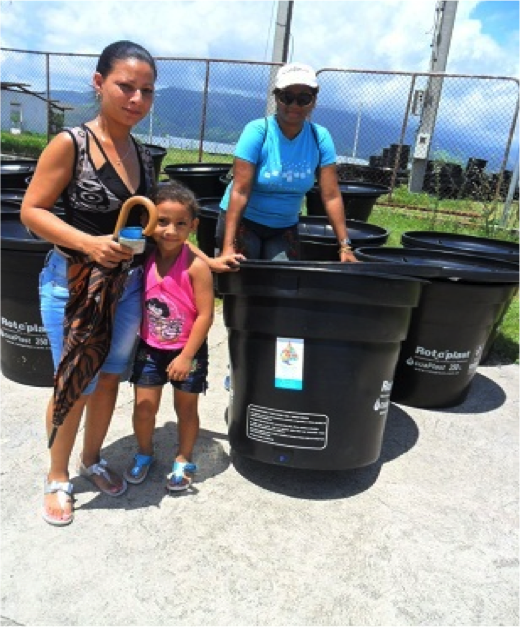
With support from the joint programme, residents of urban center Abel Santamaría were able to improve access to safe water by using wáter tanks
7. SUSTAINABILITY AND POTENTIAL FOR REPLICATION
The joint intervention strengthened mechanisms of adaptation to climate change in the community, using an intersectoral and a gender-inclusive approach. Joint work between UNDP, WFP and UNICEF helped create a more holistic approach to water management during droughts, using timely interventions to integrate actions and consolidate results. Sustainability has been a priority for the programme. This was reflected not only by prioritizing sustainability in the drought approach, but also by strengthening national and local capacities to ensure the results last even after the programme has ended. Empowering local actors at all levels also helps guarantee sustainability. The results and lessons learned from this joint programme can serve as a reference for integrated and sustainable water management programmes in other cities with similar scenarios.
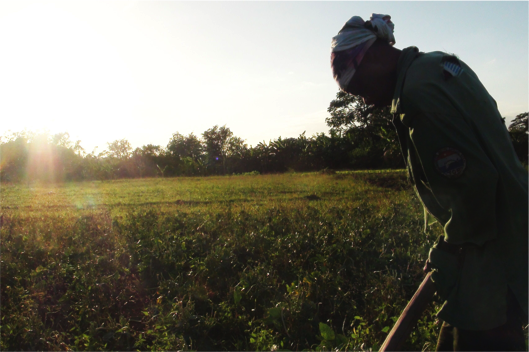
Five cooperatives (101 producers, including 74 women and 27 men) benefited from equipment, agricultural inputs and training to improve production in drought conditions

